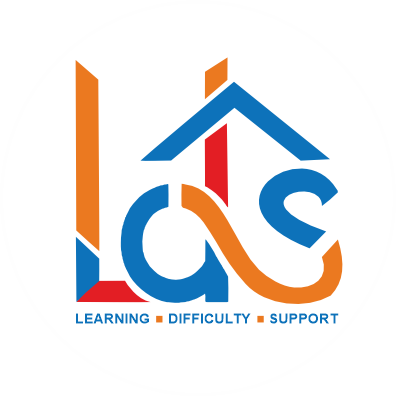
Communicating With People
Who Have a Learning Disability

-
Be Patient
Take your time when speaking and give the individual ample opportunity to respond. Waiting patiently shows respect and understanding.
-
Use Clear Language
Avoid jargon, idioms, or complex vocabulary. Opt for simple words and short sentences to ensure clarity.
-
Ask One Question At a Time
Present one question or request at a time to avoid overwhelming the person. This helps in keeping the conversation focused.
-
Be Direct
Speak straightforwardly and clearly state your intentions. This reduces confusion and helps the individual understand your message better.
-
Use Visual Aids
Incorporate pictures, symbols, or written words to support verbal communication. Visual aids can enhance understanding and retention.
-
Listen Actively
Give your full attention and demonstrate active listening. Nodding, maintaining eye contact, and occasionally summarizing what they say show you are engaged and value their input.
-
Encourage Questions
Foster an environment where the individual feels comfortable asking questions. Reassure them that it's okay to seek clarification.
-
Be Respectful
Treat the person with dignity and avoid speaking down to them or making assumptions about their abilities based on their learning disability.
-
Adjust Your Tone and Volume
Be mindful of your tone. Speak calmly and clearly, adjusting your volume if necessary, but avoid talking down or patronizing.
-
Follow Up
After a conversation, check in to see if there are any further questions or points that need clarification. This reinforces that you care about their understanding and comfort.
-
Using Tips
Using these tips, you can promote effective communication and foster a supportive environment for individuals with learning disabilities.
